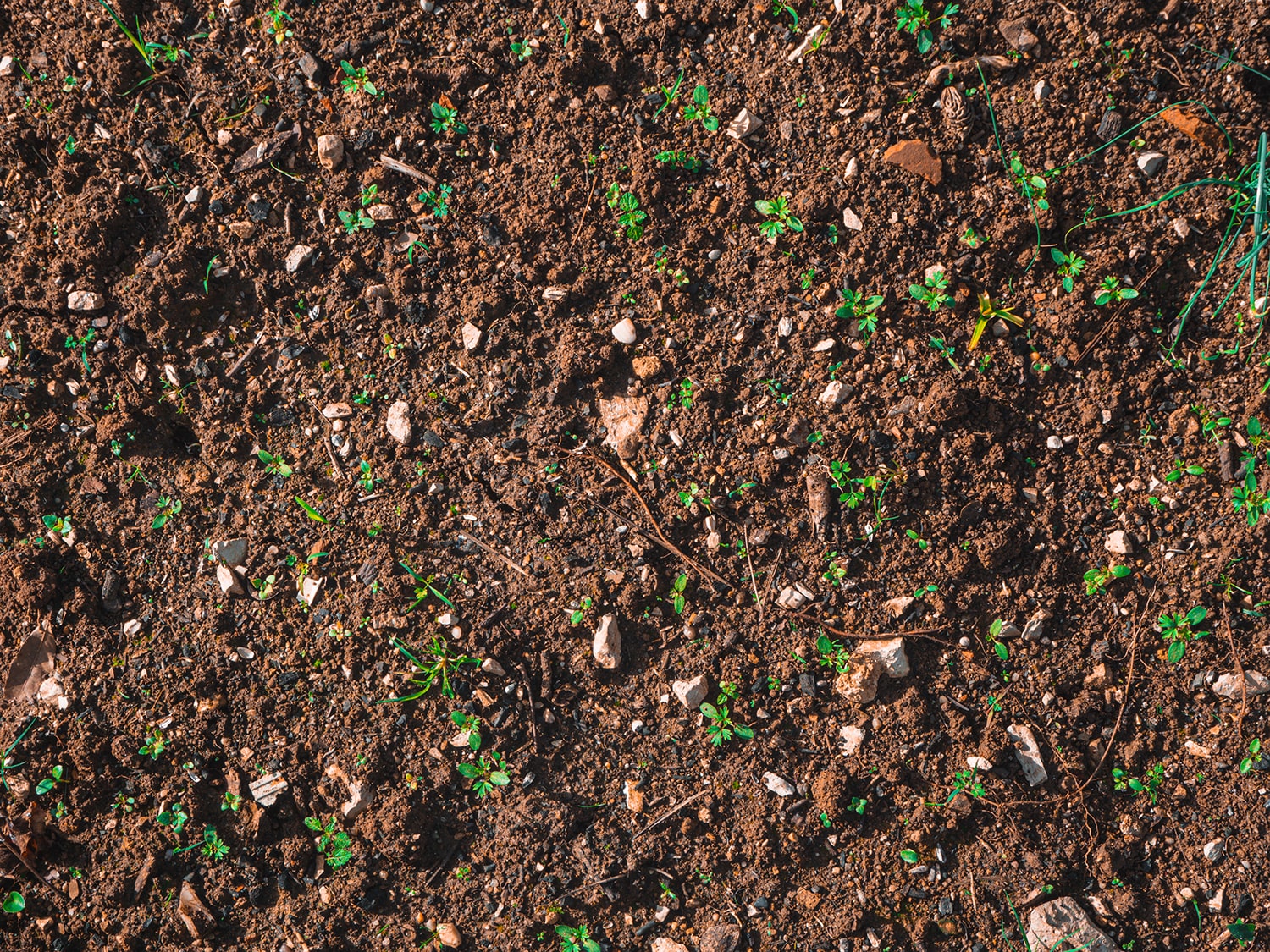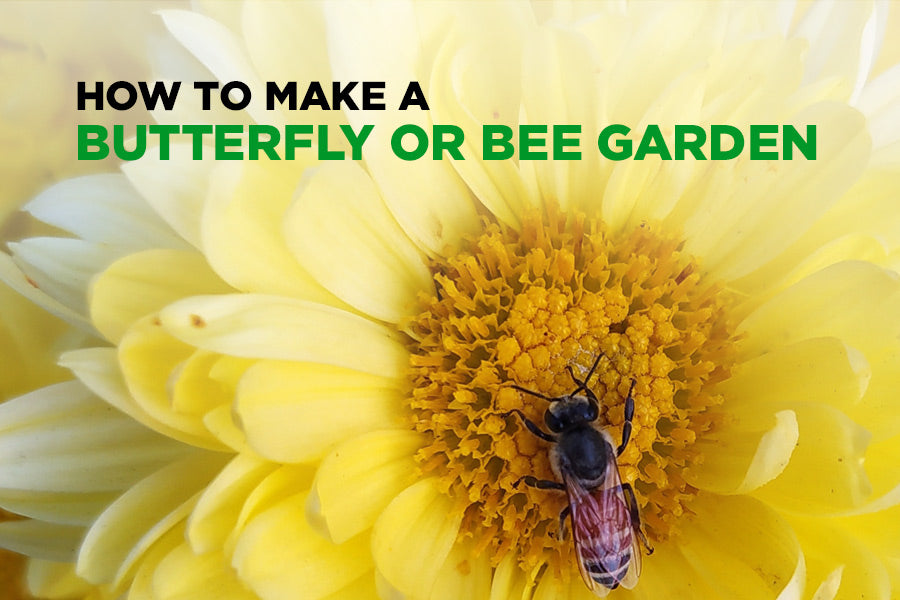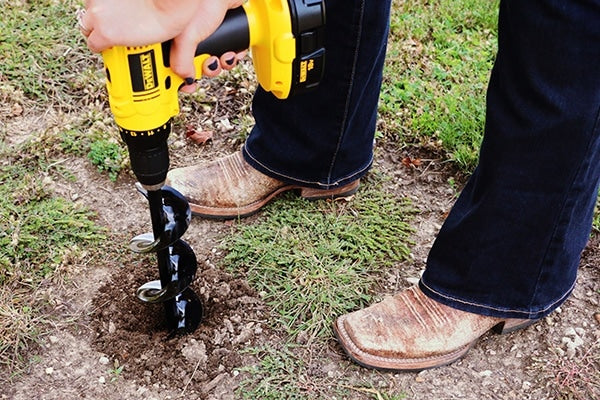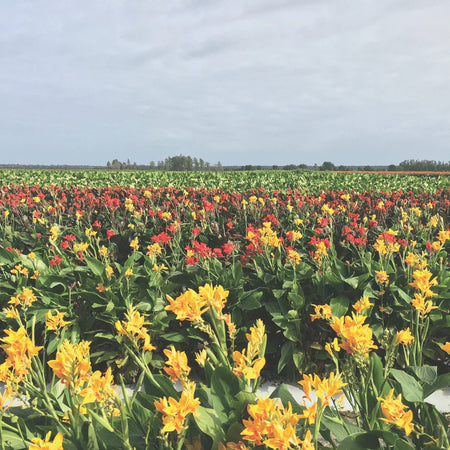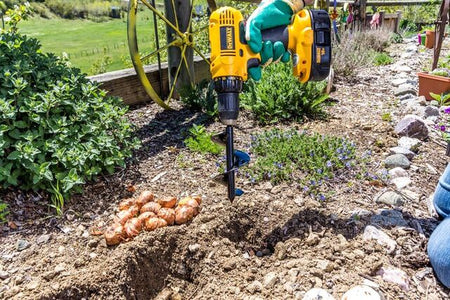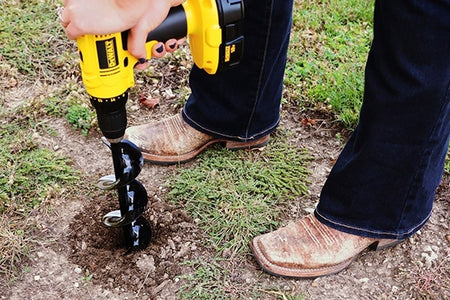From soybeans and avocados to pumpkins and almonds, 35 percent of food crops depend on pollinators such as bees and butterflies to produce a successful harvest. In fact, most of the food we eat exists because of them.
Unfortunately due to factors like habitat destruction, climate change, and air pollution, the number of bees is declining, and other pollinators are in danger as well, with the monarch butterfly recently declared endangered.
But we can help by turning our own gardens into safe spaces where pollinators can eat, drink, and thrive. If you know a few tips and tricks, building a butterfly or bee garden doesn’t have to take a lot of cost, time, or labor.
Here are four steps to make a pollinator garden.
1. Choose the right plants
To make your butterfly garden a pollinator paradise, you have to fill it with flowers. Use these guidelines to choose the best ones:
- Native to your area. Besides requiring less maintenance — i.e. limited amounts of fertilizer, pesticides, and water — native plants support pollinators and offer several benefits.
- Variety of species that bloom at different times. A bright, colorful bee garden attracts both generalist and specialist pollinators all year. While generalist pollinators can feed from a variety of plants, specialists have a more specific diet and only feed from one or two kinds. To attract both, it’s best to select plants with large, mixed inflorescence, including perennials like goldenrods and milkweeds. Best of all, perennials bloom annually, so you only have to plant them once.
- Open-pollinated heirlooms. In addition to being easy to grow, heirloom annuals like sweet peas, sunflowers, and four o’clocks produce more nectar, pollen, and fragrance than modern hybrids. They’re taller, too!
2. Prepare your bee and butterfly garden
For a successful pollinator garden, you need to properly prepare your site.
- Provide some type of water source — like a birdbath or shallow pool — for pollinators to drink and reproduce.
- Remove all sod, trash, rocks, and invasive plants that can displace your new native ones.
- Add an inch or two of fresh, local compost (preferably from your own home to add another level of sustainability) to your soil and any necessary topsoil.
- Till your existing soil, topsoil, and organic compost together to break up the earth, control weeds, and prepare it for planting. For best results — and a less sore back — use an earth auger.
3. Plant in drifts
It’s time to plant your flowers! The best way to do so is in drifts, grouping flowers of the same species together. Many pollinators eat food from plants of the same species, so the closer together these plants are, the more easily pollinators can locate them — and the more eye-catching your garden! (Pro tip: when you plant, you can again use your earth auger to help you make uniform, perfectly spaced holes at an even depth.)
4. Reduce your pesticide use
As annoying as mosquitos, ticks, and other insects are, spraying pesticides causes more harm than good. Chemical pesticides pollute local bodies of water, kill more wildlife than the bugs you’re targeting (including bees and butterflies), and are even cited as causes of cancer and other illnesses.
Instead of spraying harmful pesticides, consider
- Purchasing less toxic alternatives like neem oil and products that contain Bacillus thuringiensis.
- Making your own spray.
- Following all label directions before you spray pesticides. You may be spraying pesticide more often than you should or in areas of your butterfly garden that may not even need pest control.
If pollinators lose their habitats, we lose a variety of delicious and healthy crops. But by creating a beautiful bee and butterfly garden in your own backyard, you can do your part to keep their numbers — and our crops — at a healthy level.


